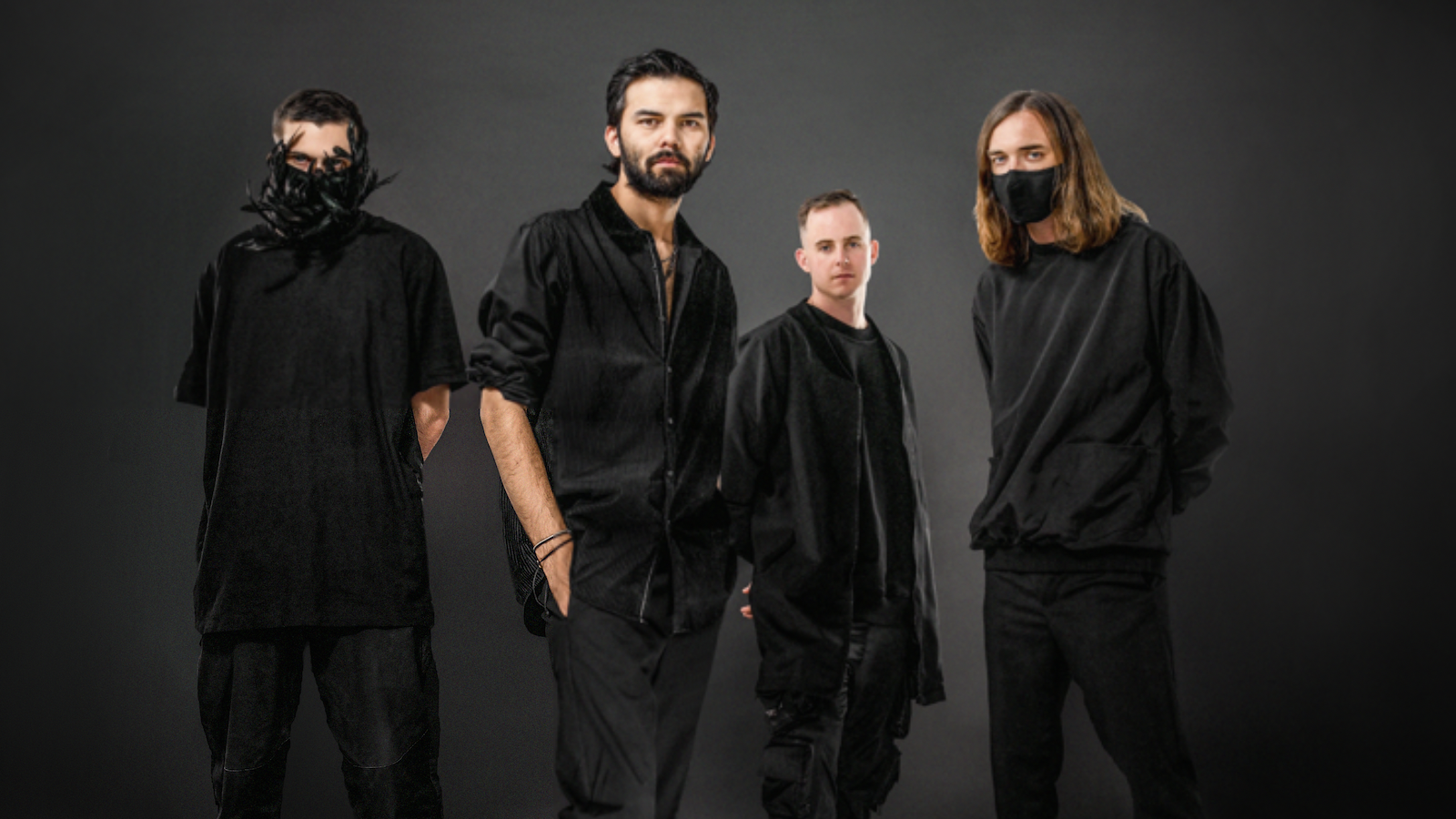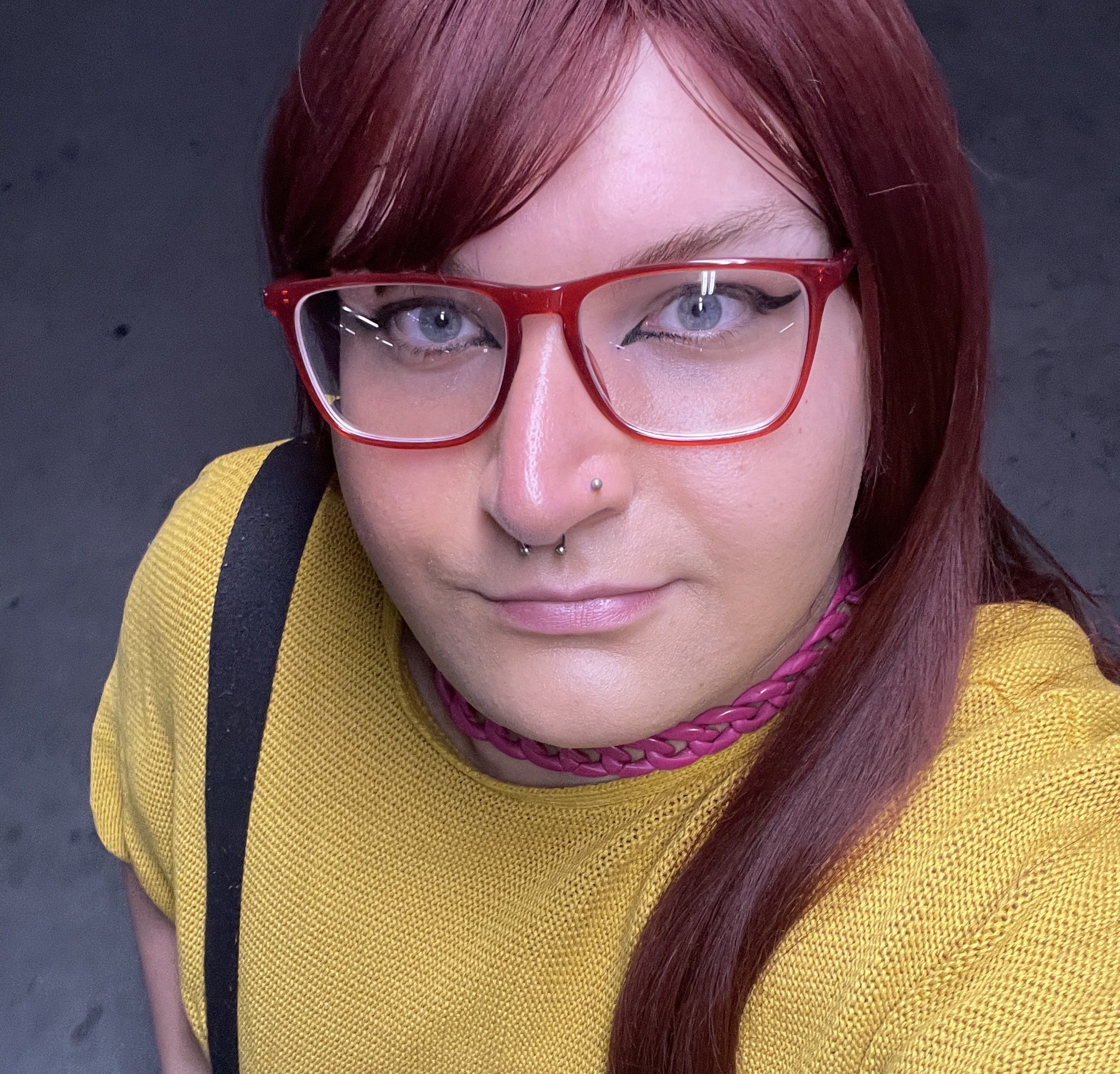Josh Smith and Jon Deiley of Northlane: “We create trends"
If 2019’s Alien brought Northlane to their peak, its follow-up takes them far beyond the point of “overdrive”

Cutting their teeth as UNFD darlings in the world of mathy, mosh-primed metalcore, Northlane started dipping their toes into the realm of a more electro-centric style with their third album, 2014’s Node. It wasn’t until their fifth, however – 2019’s career-defining Alien – that the Sydney trailblazers would go all the way, twining to their signature slate of tearing riffs and brutalised breakdowns a shimmery palette of thumping trance and visceral bass music. They were unfazed by the prospect of throwing off their fanbase, but they needn’t have worried to begin with: Alien was a monumental success.
So, for its follow-up – Obsidian, the band’s first wholly independent offering out in April – Northlane have pushed themselves further outside the box by cranking up all the experimental chaos they explored on Alien well past 11. The riffs are thicker, faster and more intense, the electronic elements more explosive and defined, and Marcus Bridge’s kaleidoscopic vocal prowess taken to a whole ‘nother level. To find out how they did, Australian Guitar caught up with Josh Smith and Jon Deiley, the band’s guitarists, producers and core songwriters.
Of all the bands that have kept active throughout the pandemic, Northlane are easily one of the most impressive. And now you’ve got a whole new album on the way! What’s it been like behind the scenes?
Josh: I think we were able to make it look like there was momentum from the outside, because we did have quite a few things come out over the last two years – but we got really lucky with how we were planning ahead and had a lot of stuff in the bag to roll out. We’ve been pretty flat out – it’s only since we recorded [Obsidian] that things have been a little bit quieter. But what’s going on in our lives isn’t reflective of what the machine, Northlane, is doing at all times. And honestly, for me, it’s been incredibly exciting to see how it’s all been received.
We’ve taken massive risks with this album. We took a massive risk releasing ‘Echo Chamber’ as the single, and the way it’s been received has just been phenomenal. A lot of people are kind of coming to understand what we do creatively, as a band. I’m not saying this with any form of ego, because I’m just a songwriter, but Jon creates trends. Northlane creates trends – and we’ve done it for a long time, but I don’t think it’s something we’ve really been credited for until now.
What was the vision you had for Obsidian?
Jon: I never really have a clear vision beforehand, when I’m first approaching an album. [The songs are] kind of just these ideas that slowly evolve over time. But I suppose it was always going to have the electronic influence that Alien had, because that’s just what I love. Electronic music inspires me, but obviously, my core foundation is as a guitarist in a proper band, so I’m just constantly trying to perfect that hybrid of the two worlds.
A lot of the ideas will evolve over a long period of time, and they change drastically as well – sometimes the vision for a song changes right at the very last second, y’know, on the eighth draft. [Alien track] ‘Sleepless’ was like that, it was a rock song at first, and then out of nowhere, once we got the vocal on it, I was like, “Man, this would be so much cooler if it was way stripped back.” Then it became this chill drum ’n’ bass song.
So to answer your question, the vision isn’t always super clear. But I guess that’s what allows Northlane to evolve the way it does, because it doesn’t have a definitive set of parameters for us to work within. It is what it is, at the end of the day.
Get The Pick Newsletter
All the latest guitar news, interviews, lessons, reviews, deals and more, direct to your inbox!
That fusion of metal and electronica – it’s not a totally new concept, but where tradition has always dictated a blend metal guitars with things like bass music and dubstep, because they’re both heavy styles, Northlane takes a different approach with elements of house music, trance and trip-hop. How did you develop that style?
Jon: I don’t want to sound like I’m talking myself up, but it’s actually really f***ing hard to do. There are so many times where I’m trying to make the two work, and most of the time it’s pretty jarring. But then I’ll just find this random sweet spot where they work together. Generally, I try to figure out what the most important thing is – is it the synth idea or the bass idea, or is it the guitar riff? And then I collapse everything else around that.
With ‘Echo Chamber’, the intro you hear is literally just a one-take of this synth jam I did one day. And then I was like, “Okay, the guitar has to do that in the chorus.” But the synth doesn’t actually play in the chorus, it kind of ducks out for the guitars to push through and do what the synth was doing. You’ve really got to think about how those elements share the space, and make sure that they’re not always doing the same thing on top of each other.
There’s an ebb and flow to it, right?
Jon: Definitely. And if you don’t find the right balance, you hit that wall, like I was saying before, where it feels a bit jarring.
Josh: The other person I’ve heard do it really well is obviously Mick Gordon, but his style is so much different to ours; the key difference is that we have to allow room for a vocal to drive the song. It’s so much easier to bring heaps of stuff into an instrumental song, rather than create a framework to support a vocal. Usually what happens is, I hear other artists grabbing these elements that Jon grabs, but they become… I’m not going to say they become a gimmick, but for lack of a better word, they become a piece of the song that they don’t properly execute.
Jon: I know exactly what you mean by that, because ever since we started putting breakbeat stuff in some of our newer songs, I’ve started hearing way more breakbeat stuff in metal music. I’m sure we weren’t the first band to do it, but what I’ve been picking up on is that, like Josh said, it’s kind of used in one part of the song and then they go, “Okay, we’ve ticked that off.”
It gives their song that flare, but it doesn’t necessarily carry the song – it’s just this tiny little part in it. Whereas with ‘4D’, for example, it’s a long story for how that came to be, but there’s a breakbeat going through that whole f***ing song, and we collapsed the real drum kit around the breakbeat. It’s almost like they’re identifying the sound or the tone from an electronic genre, but they don’t necessarily know how to implement it properly, or know the history behind it.
Is that where having eight drafts of a song can come in handy? Because you’re able to really nurture and grow the song?
Jon: Definitely, yeah. And I’m still sort of figuring it out. I don’t think I’ve mastered it yet. I don’t know if I ever will. But it’s a fun thing to do. It can be really gruelling to try and get those worlds to work together, but when you do, it’s such a good payoff.

Ellie Robinson is an Australian writer, editor and dog enthusiast with a keen ear for pop-rock and a keen tongue for actual Pop Rocks. Her bylines include music rag staples like NME, BLUNT, Mixdown and, of course, Australian Guitar (where she also serves as Editor-at-Large), but also less expected fare like TV Soap and Snowboarding Australia. Her go-to guitar is a Fender Player Tele, which, controversially, she only picked up after she'd joined the team at Australian Guitar. Before then, Ellie was a keyboardist – thankfully, the AG crew helped her see the light…
“The rest of the world didn't know that the world's greatest guitarist was playing a weekend gig at this place in Chelmsford”: The Aristocrats' Bryan Beller recalls the moment he met Guthrie Govan and formed a new kind of supergroup
Carlos Santana hospitalized following pre-show medical emergency









